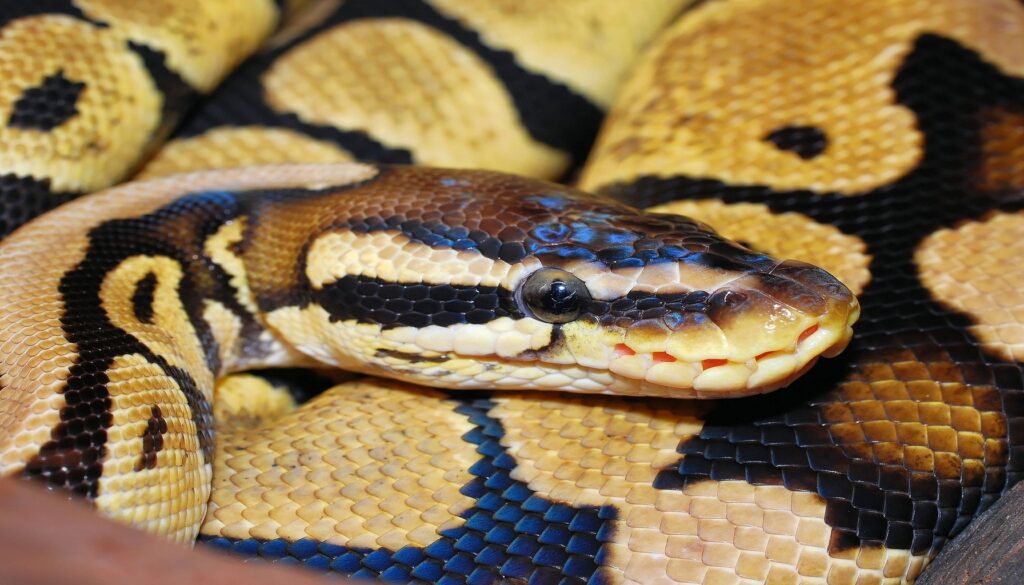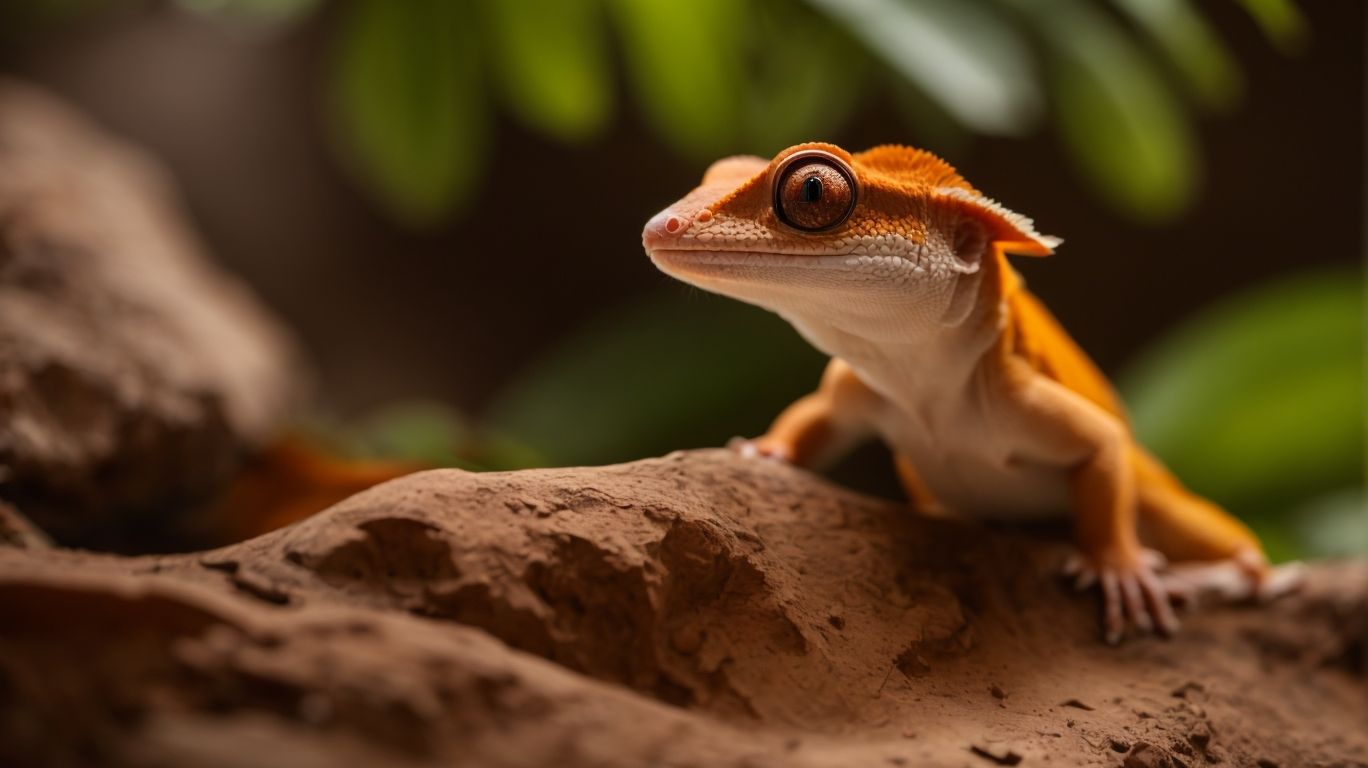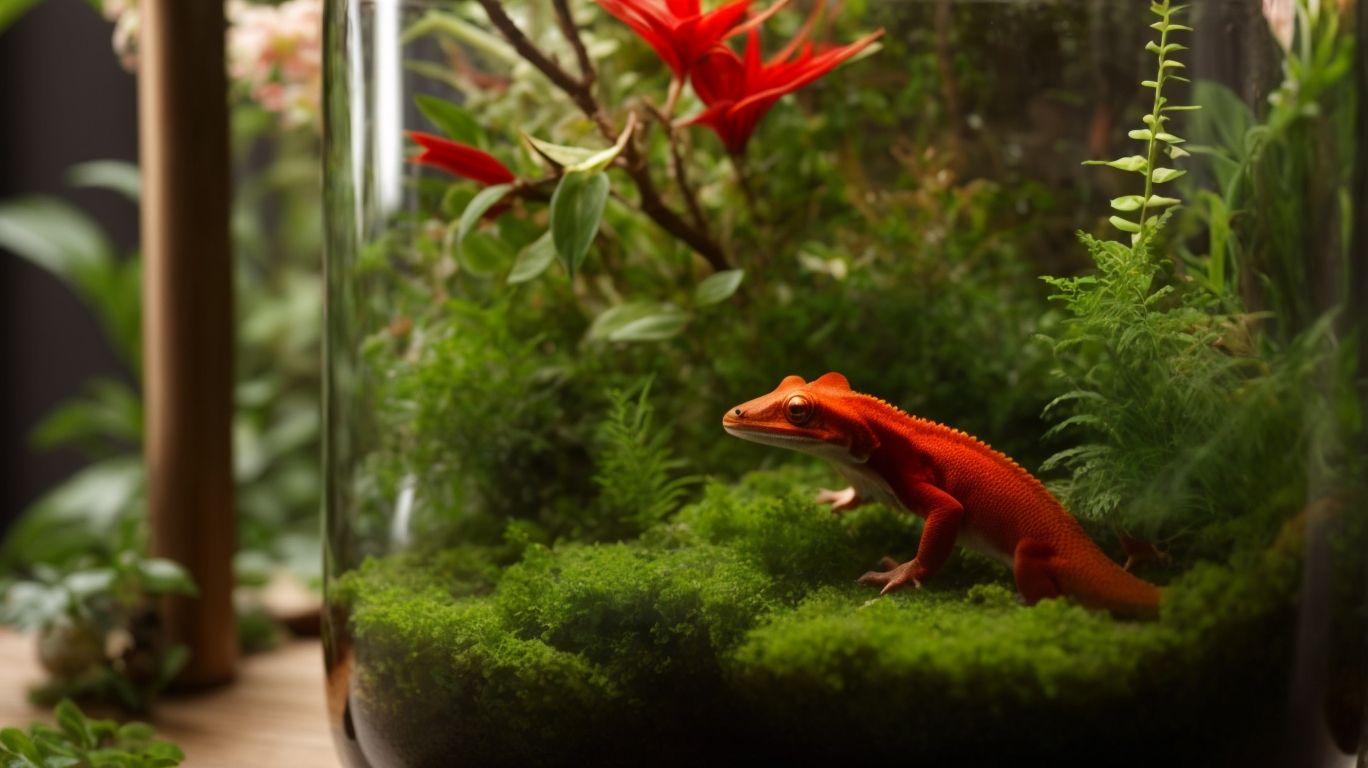
Pastel Ball Python: The Vibrant Creature that Deserves Your Attention
Table of Contents
What is a Pastel Ball Python?
The pastel ball python, also known as Python regius, is a stunning snake with a captivating appearance. This morph of the ball python species is highly sought after for its vibrant and beautiful colors. The name “pastel” refers to the unique genetic trait that gives these pythons their striking appearance.
What sets the pastel ball python apart is its distinct pattern and coloration. Unlike the traditional ball python, the pastel variation has a lighter base color and brighter, more saturated markings. The pastel gene is a co-dominant trait, which means that even when bred with other morphs, it will still be visible in the offspring.
The pastel ball python’s colors can range from pale yellow to light orange or peach, with a pattern of brown or dark orange markings along its body. They often have a clean, crisp pattern that is more pronounced compared to other ball python morphs. The contrast between the base color and the markings creates a mesmerizing effect that makes these snakes truly eye-catching.
In terms of size, pastel ball pythons are relatively small compared to other snake species, reaching an average length of around three to five feet. This makes them ideal for both experienced reptile keepers and beginners alike.
Origin and Natural Habitat of the Pastel Ball Python
The pastel ball python is a captivating snake with a unique genetic trait that sets it apart from its traditional ball python relatives. But where does this stunning creature come from? Let’s dive into the origins and natural habitat of the pastel ball python.
Native to West and Central Africa, the pastel ball python’s natural habitat spans countries like Nigeria, Benin, Togo, and Ghana. In these regions, they can be found in various habitats, including grasslands, savannas, and forested areas. Their ability to adapt to different environments has contributed to their popularity as pets.
In the wild, pastel ball pythons spend most of their time on the ground, where they can find shelter and prey. They are primarily nocturnal creatures, meaning they are most active during the night. This behavior allows them to avoid predators and seek out their preferred diet of small rodents.
Over time, pastel ball pythons were captured and bred in captivity, leading to the creation of the stunning morph we know today. The selective breeding process has allowed reptile enthusiasts to develop different variations of the pastel ball python, each with its own unique coloration and patterns.
The Behavior and Temperament of Pastel Ball Pythons
The behavior and temperament of pastel ball pythons are what truly set them apart as fascinating creatures to own. Known for their docile nature, these snakes have a reputation for being friendly and easy to handle, making them a popular choice for reptile enthusiasts of all experience levels.
One of the standout characteristics of pastel ball pythons is their calm demeanor. They are generally very tolerant of handling and have a relaxed disposition. This makes them great pets for those who want a snake that can be comfortably held and interacted with. Pastel ball pythons are known to be less prone to aggression and are less likely to bite than other snake species.
When it comes to activity levels, they are most active during the night, which is when they come out of their hiding spots to explore and hunt for food. During the day, they prefer to curl up in cozy hiding spots, making them an excellent choice for those who may not have a lot of time to interact with their pet during daylight hours.
Pastel Ball Python Diet: What Do They Eat?
Feeding your pastel ball python a proper diet is essential for its health and well-being. These stunning creatures are carnivores, meaning their diet consists mainly of small rodents. In captivity, it’s important to provide them with a balanced and nutritious diet to ensure they thrive.
The primary food source for pastel ball pythons is mice or rats. The size of the prey should be appropriate for the size of the snake. Younger pythons will typically eat smaller prey, such as newborn or fuzzy mice, while adults can consume larger rats. It’s important to offer prey that is no wider than the thickest part of the snake’s body to prevent any issues with digestion.
When it comes to feeding frequency, pastel ball pythons should be offered food every 1 to 2 weeks, depending on their age and size. Younger snakes may require more frequent feedings, while adults can be fed less often. It’s important not to overfeed your snake, as this can lead to obesity and other health issues.
Live prey can be offered to pastel ball pythons, but many owners prefer to feed pre-killed or frozen-thawed rodents. This reduces the risk of injury to the snake and also ensures that the prey is free from any potential diseases or parasites. Frozen-thawed rodents can be purchased from pet stores or online, and they should be thawed before offering them to your snake.
It’s important to observe your pastel ball python while it’s feeding to ensure that it eats the prey fully and does not have any issues swallowing. If your snake refuses to eat or regurgitates its food, it’s best to consult a veterinarian for further guidance.
Health and Longevity: Caring for a Pastel Ball Python
Caring for a pastel ball python is not only a rewarding experience but also essential for ensuring its health and longevity. These vibrant creatures require proper care and attention to thrive in captivity. Here are some important aspects to consider when caring for a pastel ball python.
First and foremost, providing a suitable enclosure is crucial. Pastel ball pythons need a spacious enclosure that allows them to move around comfortably. It should be equipped with hiding spots, such as caves or branches, where they can retreat and feel secure. The enclosure should also have a temperature gradient, with a warm side and a cooler side, to allow the snake to regulate its body temperature.
Maintaining proper humidity levels is another vital aspect of caring for a pastel ball python. These snakes require a humidity level of around 50-60%, which can be achieved by misting the enclosure with water or using a humidity gauge to monitor and adjust humidity levels accordingly.
Regular cleaning and maintenance of the enclosure is essential for the health of your pastel ball python. This includes removing waste, cleaning the enclosure, and regularly checking for any signs of illness or injury. Keeping a clean and hygienic environment is crucial to prevent the growth of bacteria or parasites.
Lastly, providing mental stimulation and enrichment is important for the well-being of your pastel ball python. This can be done by providing climbing branches, hiding spots, and even introducing toys or objects that mimic their natural environment. This will keep them engaged and prevent boredom or stress.
Regular veterinary check-ups are also essential for the health and longevity of your pastel ball python. A reptile-experienced veterinarian can perform necessary health screenings, check for any signs of illness, and provide guidance on proper care and nutrition.
Reproduction Cycle and Breeding of Pastel Ball Pythons
The reproduction cycle and breeding of pastel ball pythons is a fascinating process that reptile enthusiasts find incredibly intriguing. These vibrant creatures have their own unique breeding behaviors and requirements that make them a sought-after species among breeders.
In the wild, pastel ball pythons breed during specific times of the year, typically in response to changes in temperature and daylight hours. However, in captivity, breeding can be induced with proper environmental conditions and the introduction of a male and female snake.
To successfully breed pastel ball pythons, it’s important to ensure that both the male and female snakes are healthy and of appropriate breeding age. The male should be at least 12-18 months old, while the female should be around 2-3 years old and at a weight that indicates she is sexually mature.
Breeding begins with the introduction of the male and female snakes into a suitable breeding enclosure. This enclosure should provide adequate space for the snakes to interact and should be equipped with appropriate hiding spots and environmental conditions.
Once the male has successfully courted the female and copulation has occurred, the female will go through a process called ovulation. This is when her body produces and releases eggs for fertilization. After ovulation, the female will undergo a pre-lay shed, where she sheds her skin in preparation for egg-laying. This shedding process helps to create a clean and smooth surface for the eggs to be laid upon. It is important to monitor the female closely during this time, as she may exhibit behaviors such as increased appetite or restlessness, indicating that she is nearing the end of her pregnancy.
Once the pre-lay shed has occurred, the female will then search for a suitable location to lay her eggs. Breeders often provide a specially designed egg-laying box filled with moist substrate for this purpose. The female will coil her body around the eggs to protect and incubate them.
The incubation period for pastel ball python eggs typically lasts around 55-60 days. It is crucial to maintain proper temperature and humidity levels during this time to ensure the healthy development of the embryos. Many breeders use an incubator specifically designed for reptile eggs to create an optimal environment.
After the incubation period, the eggs will begin to hatch, revealing tiny baby ball pythons. These hatchlings are independent and will instinctively begin searching for food shortly after emerging from their eggs. They can be fed appropriately sized pinky mice or other small prey items.
Breeding pastel ball pythons can be a rewarding experience for reptile enthusiasts, but it requires careful planning, knowledge, and attention to detail. It is important to provide the necessary care and support for the female throughout the breeding process to ensure the successful hatching of healthy offspring.
Why Choose a Pastel Ball Python as Your Pet?
Are you considering adding a new pet to your family? Look no further than the pastel ball python! This captivating creature is not only visually stunning but also makes for a fantastic pet. There are many reasons why you should choose a pastel ball python as your next companion.
First and foremost, pastel ball pythons are known for their friendly and docile nature. Unlike some other snake species, pastel ball pythons are generally calm and easy to handle. This makes them an excellent choice for reptile enthusiasts of all ages, including beginners. Whether you’re an experienced snake owner or new to the world of reptiles, a pastel ball python will be a wonderful addition to your home.
Another reason to choose a pastel ball python as your pet is their stunning appearance. With their vibrant colors and unique patterns, these snakes are sure to be the center of attention wherever they go. Their pastel hues of yellow, orange, and peach, combined with their darker markings, create a mesmerizing effect that is truly eye-catching.
Additionally, pastel ball pythons are relatively small in size, making them easier to care for compared to larger snake species. They typically reach an average length of three to five feet, making them suitable for smaller living spaces. Despite their smaller size, pastel ball pythons still have a striking presence that is sure to impress.
Related Posts

Incubating Crested Gecko Eggs: Essential Techniques and Tips
Crested geckos are fascinating reptiles that are known for their…

Red Crested Gecko Health: Common Issues and Preventive Care
Are you a proud owner of a red crested gecko?…

Creating the Ideal Environment for Your Red Crested Gecko
Do you own a red crested gecko or are you…

No Comments